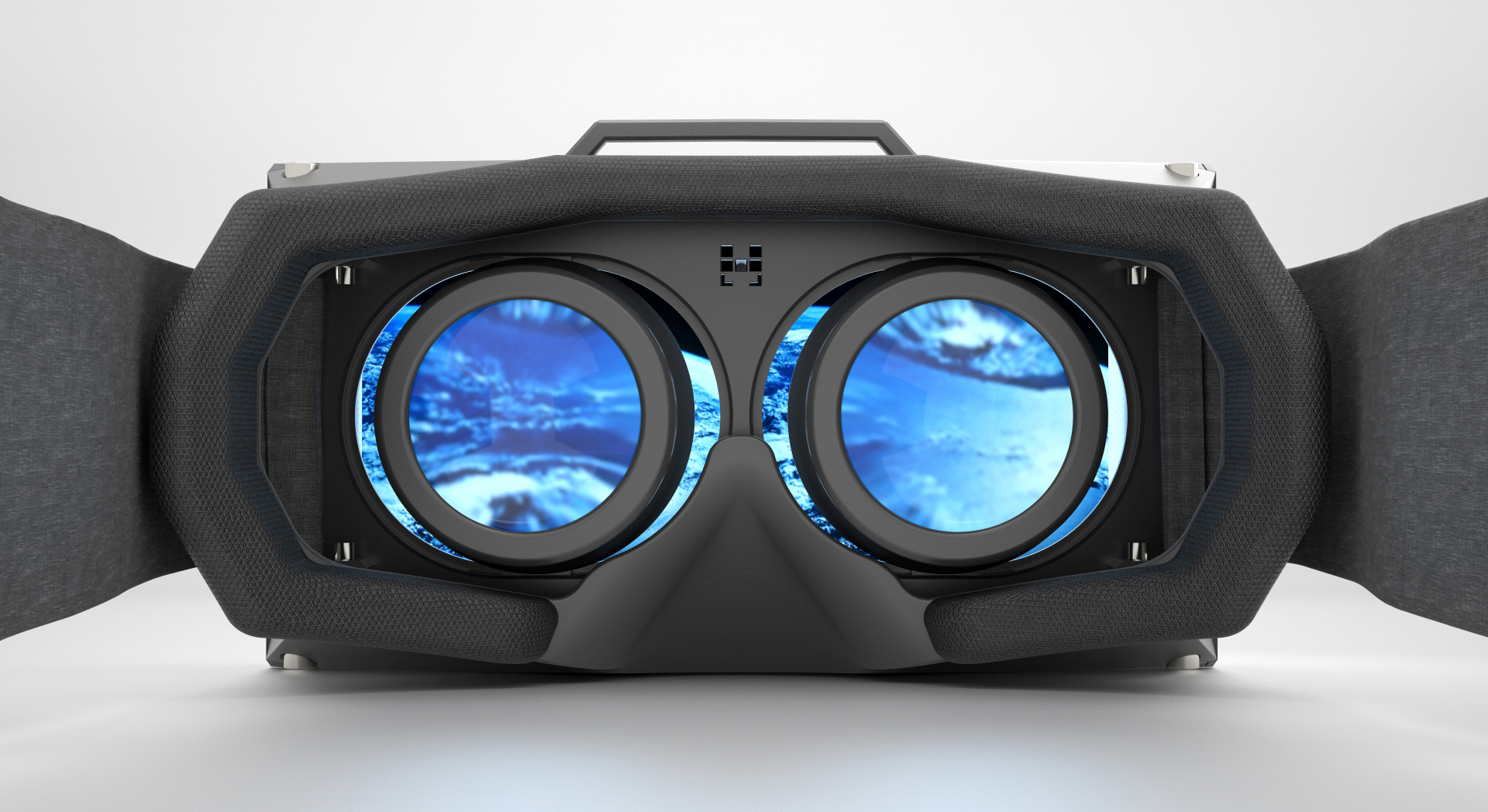Oh, wonder!
How many goodly creatures are there here!
How beauteous mankind is! O brave new world,
That has such people in ’t!
– William Shakespeare, The Tempest
Growing up in the 90s, I remember hearing talk of creating virtual reality. The hurdles inherent in such an undertaking proved too difficult for the technology of the time, but the vision never went away. The dragon has reared its head, and the first VR headsets are scheduled for released later this year (just in time, I suspect, for some killer deals on Black Friday).
It remains to be seen whether or not the virtual reality technology will truly provide an immersive experience – the frame rate required to pull it off is extreme. Regardless or whether this new technology succeeds or not, my interest is piqued elsewhere. How will the impending advent of virtual reality change the landscape of interactive gaming?
I am rather divided over these new developments. On the one hand, the ability to explore fully realized three-dimensional environments is an appealing thought. If you have ever played Myst or Riven, you were probably mesmerized by the beautifully crafted and realized worlds. The thought of being immersed in such an exotic world makes me reach for a soda to stop my mouth from watering.
While it is likely that Myst-like worlds with more-or-less limited character interaction is likely going to comprise the bulk of VR experiences in the near future, let’s take a look at the other hand. Consider the evolution of combat-oriented video games. Twenty years ago, Lands of Lore: The Throne of Chaos was about as graphic as it got. Most of Diablo’s gory elements came from pre-rendered environments rather than any sprite-based interaction. The same holds true of Harlan Ellison’s cult-classic point-and-click horror adventure I Have No Mouth and I Must Scream.
Flash-forward a decade, and Gears of War is setting new standards for levels of interactive gory maiming and dismembering. While disturbing enough on its own, it seems probable that the progression of immersive virtual experiences will advance to encompass a new generation of war-based video games well the player is almost a literal participant in his own violent, bloody campaigns.
Is this really something to be desired? The Call of Duty games are already used by the United States military as a tool to desensitize soldiers-in-training to the violence and death of war. Imagine a world where the technology allows the gamer to virtually experience the “thrill” of combat in a fully realized, three-dimensional, open-ended world. The thought is horrifying – a personal coliseum in your own bedroom.
Star Trek’s Captain Kirk once said, “Death. Destruction. Disease. Horror. That’s what war is all about. That’s what makes it a thing to be avoided.” Let’s not forget that.


